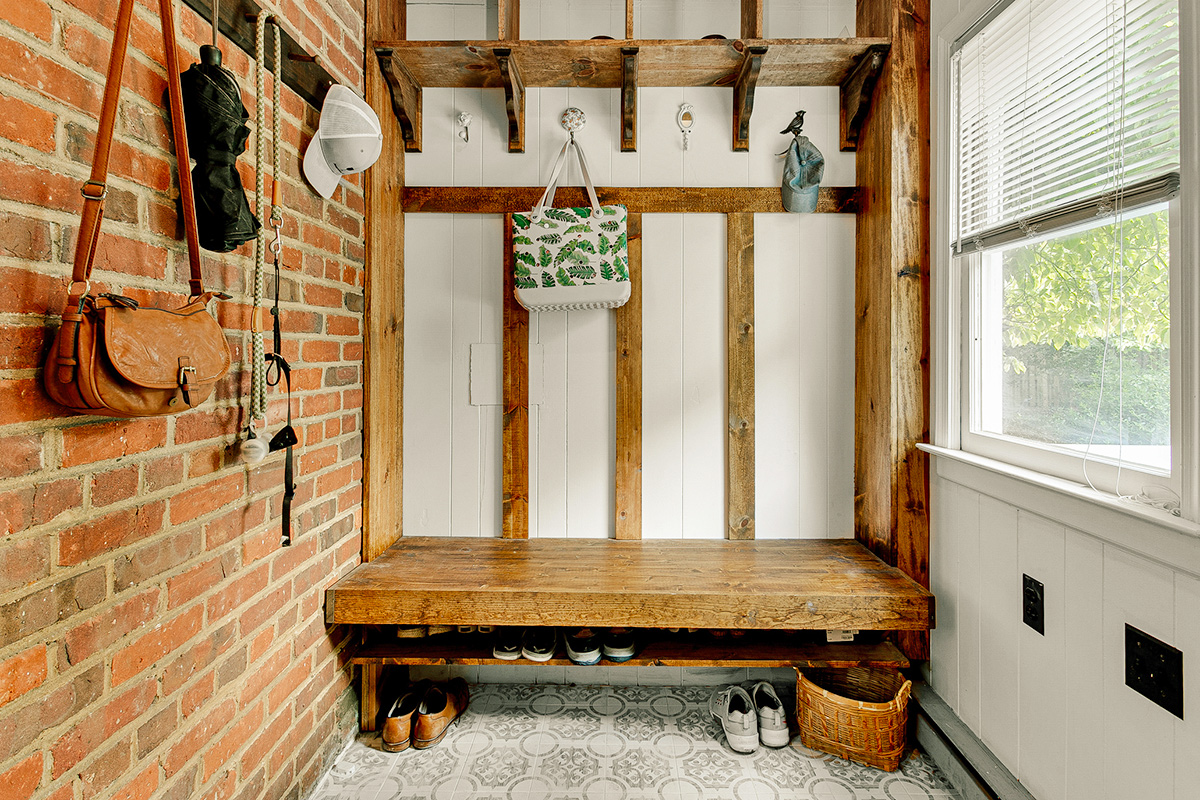Paper clutter has a sneaky way of piling up on kitchen counters, desks, and any other flat surface within reach. From unopened mail and receipts to bills and bank statements, managing paper in a digital world can feel overwhelming. But there’s a simple, effective method developed by organizing expert and TikTok creator Allison Weigensberg (@everythinginplace)…
The secret? Sort everything into just two categories: “Action” and “To File.”
1. Action
This is where the magic starts. Create a designated folder, basket, or tray labeled “Action.” Here, you’ll place all paperwork that requires attention: bills to pay, forms to sign, invitations to RSVP to, or anything with a deadline. Consider this folder your physical to-do list. The key is to check it regularly, either daily or weekly, depending on your schedule. By giving these items a home, you’ll avoid lost paperwork and late payments.
2. To File
Once a piece of paper no longer requires action — perhaps you’ve paid the bill or responded to the invitation — move it to the “To File” category. Think of this as your archive. These documents don’t need immediate attention but should be saved for reference, tax season, or general record-keeping. Use a separate folder or tray labeled “To File” and schedule a regular time (biweekly or monthly) to transfer these papers to their final filing spot. This could be a file cabinet, a labeled accordion folder, or a digital scan. It’s also a good idea to invest in a paper shredder to dispose of any documents you no longer need.
More from our network
House Outlook is part of Optimism, which publishes content that uplifts, informs, and inspires.
Why It Works
What makes Weigensberg’s method so effective is its simplicity. Rather than overcomplicating your system with a dozen hard-to-maintain categories, you reduce the mental load. Every paper you encounter requires only one decision: Do I need to act on this, or just keep it?
This two-part system can be implemented in minutes and maintained with ease. It works for entryways, home offices, and even kids’ school papers. Best of all, it creates an easy habit loop: Papers get sorted when they come in, actions get handled, and files get stored without ever becoming a mountain of clutter.
If you’re tired of chasing piles of paper around your house, give the Action/To File method a try. It’s proof that a simple system is often the best one.



















